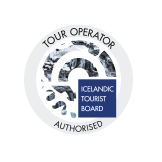WHALES
Meet the Whales of Iceland

Humpback Whale
Easily identified by their enormous black and white pectoral fins (flippers), lumps of tubercles on the snout and lower lips, and their big bushy blow the Humpback whale is certainly one of natures most impressive creations. A common sight on whale watching tours in Eyjafjörður Humpback whales are known for their energetic awe-inspiring acrobatics,- breaching, fluking, tail and fin slapping, bubble blowing and spy hopping.
Latin name Megaptera novaengliae
Icelandic name Hnúfubakur
Length 13-17 m
Weight 25-45 tons
Life Span 95 yrs
Eats Krill, small fish
Observed Year Round

Minke Whale
The Minke whale is one of the most common whales in Iceland. It is fast and agile and instantly recognizable by its pointed snout, streamlined body and white bands on its pectoral fins. The Minke whale is an inquisitive animal known to approach whale watching boats and swimming along side of vessels trying to keep up.
Their feeding behavior is a particularly impressive sight with spectacular rolls and lunges, twisting and turning of their bodies at the surface. Many travelers have described encounters with Minke whales as not knowing who is watching whom.
Iceland is unfortunately still pursuing hunting the Minke whale which in some areas makes it more elusive than species that are not being hunted.
Latin name Balaenoptera acutorostrata
Icelandic name Hrefna
Length 7-11 m
Weight 8-10 tons
Life span 50 yrs
Eats Small schooling fish, Krill
Observed April – September
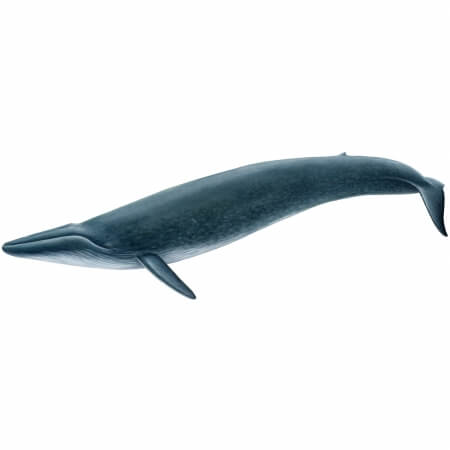
Blue Whale
The Blue Whale is the largest animal that has ever lived on our planet. The heaviest Blue Whale recorded in history was a female weighing 209 tons. For comparison you can imagine a heard of more than 40 African Elephants,- that’s how big the Blue whale is. The animal in question was caught in the Southern Ocean in 1909 and measured 33.5 meters from snout to end of tail.
It is difficult to get these animals confused with any other, their sheer size alone is enough to identify but you can also look for the mottling of the body (patterns) which are unique to each individual whale.
Length 25-30m
Weight 150-200 tons
Life span 90 yrs
Diet Small Schooling fish, Krill,
Suborder Baleen Whale
Est. Iceland Population 700 – 1,000
Observed April – September

White Beaked Dolphin
The most frequently seen dolphin in Icelandic waters is the White Beaked Dolphin. It has a stocky, muscular build with white, light grey and dark grey body patterns. White beaked Dolphins are very energetic and acrobatic animals. They can frequently be seen leaping out of the water and then making a huge splash landing with a powerful burst of swimming. They are natural born surfers and love to ride the pressure waves at the front of boats (called ‘bow-riding).
Latin name Lagenorhynchus albirostris
Icelandic name Bletthnýðingur
Length 2.5-3 m
Weight 180 – 350kg
Life span 25 yrs
Eats Fish, Squid, crustaceans
Observed Year round
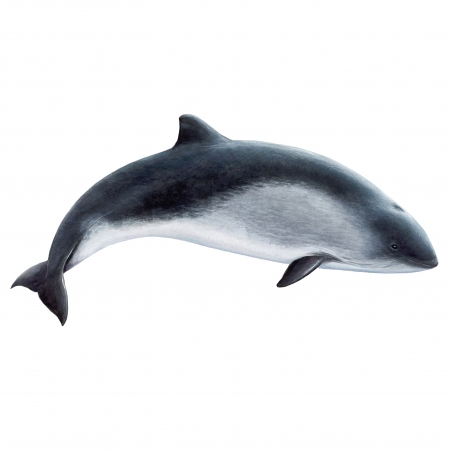
Harbour Porpoise
The smallest and most abundant member of the whale species found in Icelandic waters is the Harbor porpoise. Brownish color, small size and a distinctive triangular dorsal fin makes them easy to identify.
Harbour porpoises are rather shy and elusive animals but occasionally they put on a show surfing the swells. They making the funniest sound that resembles someone sneezing when the come up for air.
Latin name Phocoena phocoena
Icelandic name Hnísa
Length 1.5-2 m
Weight 75 kgs
Life span 15 yrs
Eats Fish, Squid, crustaceans
Observed April – September

Sei Whale
The Sei Whale is the third largest species of whale in the world after the Blue and Fin. Sei whales have a long, sleek body that is dark bluish-gray in colour and pale underneath. It is easy to mistake Sei whales for a common Minke whale but Sei whales are bigger, the dorsal fin taller and the snout rounder.
The Sei whale is not a common sight on whale watching tours as it usually prefers to feed far offshore. Every now and then Sei whales do come close to shores and you just might be the lucky one to spot it on your next whale watching tour.
Icelandic name Sandreyður
Length 13-21m
Weight 20-45 tons
Life 70 yrs
Diet Copepods (zooplankton)
Suborder Baleen Whale
Est. Iceland Population 10,000
Observed April – September
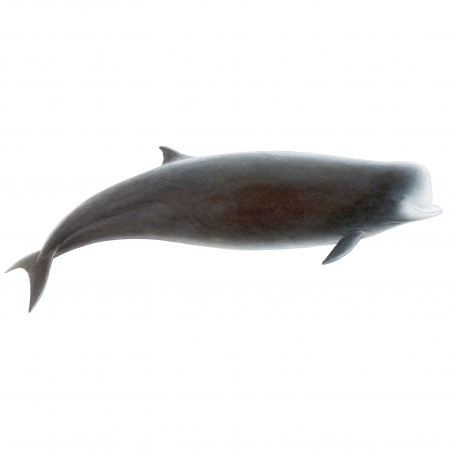
Northern Bottlenose Whale
The Northern Bottlenose Whale is easily recognizable by its high forehead and short snout. Males are usually light gray to dark gray in colour with a noticeably lighter snout than females, which are more of a dark brown shade. Like Sperm Whales, Bottlenose whales prefer deep waters to feed diving down to depths of one mile (1.5 km). Average dive time is around 30-45 minutes but if needed they can stay submerged for over an hour. Bottlenose whales tend to live in small groups and are quite energetic in their behaviour, frequently breaching and tail slapping.
Latin name Hyperoodon ampullatus
Icelandic name Andarnefja
Length 7-10 m
Weight 3.5-7.5 tons
Life span 50 yrs
Eats Fish, Squid
Observed April – September
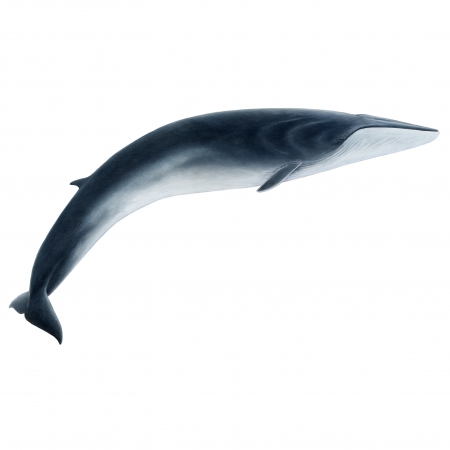
Fin Whale
The Fin whale is the second largest whale after the Blue whale. It is darker and does not have the same mottling patterns on the body. However, Fin whales have been known to mate with Blue whales and produce viable offspring.
It is incredible to see the exhaled breath (blow) reaching 6-10 meters high looking like a columnar shaped geyser rising from the oceans surface.
Icelandic name Langreyður
Length 20-28m
Weight 70-120 tons
Life span 90 yrs
Diet Small Schooling fish, Krill
Suborder Baleen Whale
Est. Iceland Population 10,000
Observed April – September




